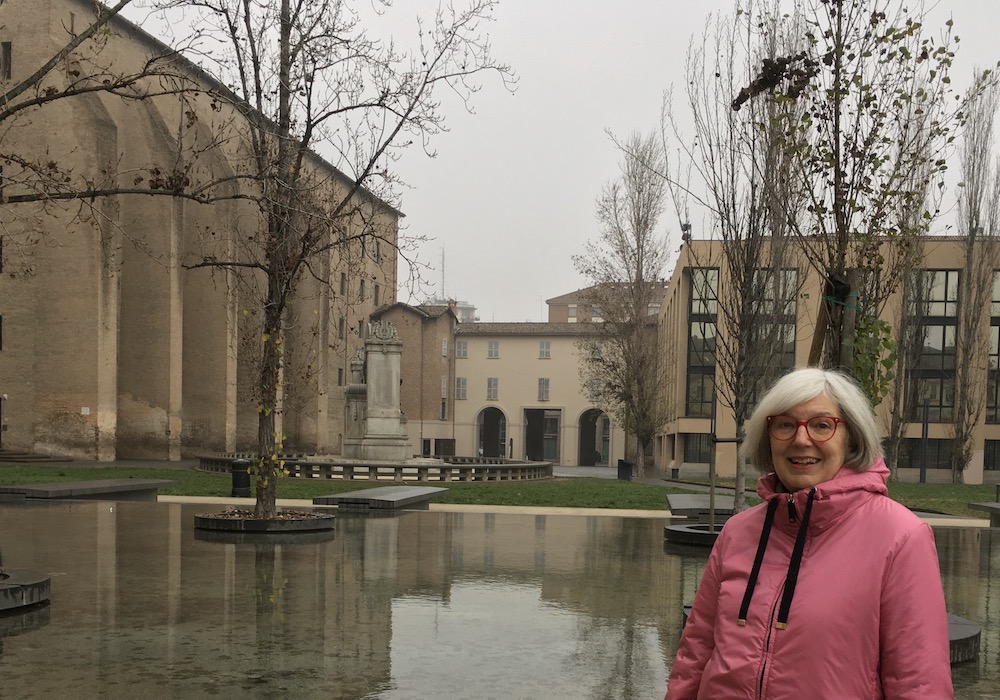If each city is like a game of chess, the day when I have learned the rules, I shall finally possess my empire, even if I shall never succeed in knowing all the cities it contains.
—Italo Calvino, Invisible Cities
Can you describe the mood of Rio de Janeiro as you feel/see it?
Slams lit at night
glimmering to the sound of bullets
that cut through the city
from powdery waves at the Baixada to high tides at the Pontal
to merge into a unique cartography.
Its outlines are traced
by lost bullets or not.
We now only get close this way:
in mass robberies on the beaches, shoulder to shoulder
in the armistice of a fabricated Carnaval
as nonequals, wounded.
A hill conflicting with the sea appear
not to share the same landscape.
What is your most heartbreaking memory in this city?
The first skyscraper
was the Sugarloaf
rock:
a monument wrapped
in seawater
with grass growing on a pedestal
and with the embrace of the bay
to complete the scenery
—the commonplace—
what had been written
by masterful writers of chronicles
and by me
almost with the same words.
What is the most extraordinary detail, one that goes unnoticed by most, of the city?
The changing of seasons. Three of them very similar; they seem entwined: Spring, Autumn, Winter. And the Summer, outstanding, singular.
What writer(s) from here should we read?
Writers born in Rio: Machado de Assis, Lima Barreto, Antonio Callado, Laura Liuzzi, Alice Sant’Anna, Sylvio Fraga Neto. Writers who had their literary careers in Rio: Graciliano Ramos, Guimarães Rosa, José Lins do Rego, Rubem Braga, Carlos Drummond de Andrade, Manuel Bandeira, João Cabral de Melo Neto, Ferreira Gullar, Sérgio Sant’Anna, and the wonderful Clarice Lispector.
Is there a place here you return to often?
Actually, I always return to the neighborhood where I was born: Urca:
Silence here in Urca
at night is an open tunnel
with the highest sky ceilings
and deep ocean floors.
A neighborhood carved in the oval shape
of an indigenous canoe
or is it by the Carioca Urbanization brand
that laid out its blocks
framed by a narrow landfill?
At the entrance of the cove, far out
in the dark, the ships moo
sad to leave the ocean
and arrive at the domesticated bay.
Is there an iconic literary place we should know?
The statue of poet Carlos Drummond de Andrade sitting on a stone bench at Avenida Atlantica in Copacabana. And also a historical place of sad memory: Cais do Valongo, downtown. Door to half a million African slaves, between 1811–31, the Valongo area became a touristic and cultural attraction in Rio de Janeiro, with special attention to the ruins of the harbor that were discovered there.
Are there hidden cities within this city that have intrigued or seduced you?
Cities, properly, no. Neighborhoods and places, yes, such as Santa Teresa, Lapa, Arpoador, Tijuca Forest, and natural monuments like the mountains that pinpoint the city and the ocean around it in several moments.
Where does passion live here?
Between beauty and danger.
What is the title of one of your works about Rio de Janeiro and what inspired it exactly?
“Suíte para o Rio” (“Suíte to Rio”), published in the book Rol. Inspired and expressed in all that I wrote here.
Inspired by Levi, “Outside Rio de Janeiro does an outside exist?”
Just to mention two: Ouro Preto and Diamantina, cities in the state of Minas Gerais.
Translated from the Portuguese by Flavia Rochas.
Armando Freitas Filho is considered one of the most important Latin American poets alive. His poetry and life are the subject of two recent documentaries by major Brazilian filmmakers: “Fio Terra,” by João Moreira Salles, and “Manter a Linha da Cordilheira sem o Desmaio da Planície,” by Walter Carvalho (currently in post-production). Freitas Filho was born in Rio de Janeiro, Brazil, in 1940. His first book, Palavra, was published in 1963. His complete works up to 2003 are collected in Máquina de Escrever (2003). He has published three more books since then, to wide acclaim in Brazil: Raro Mar (2006), Lar (2009) and Dever (2013). Literary awards include major Brazilian prizes: Prêmio Jabuti in 1986 for 3X4, Prêmio Alphonsus Guimarães in 2000 for Fio Terra and in 2014 for Dever, among other honors and nominations. He is currently published by Companhia das Letras, one of the largest publishing houses in Brazil. He was a researcher at Casa Rui Barbosa, secretary for the Arts Office of the Federal Cultural Council, advisor for the National Book Institute in Rio de Janeiro, researcher at the National Library Foundation, and advisor for the President’s Office.











